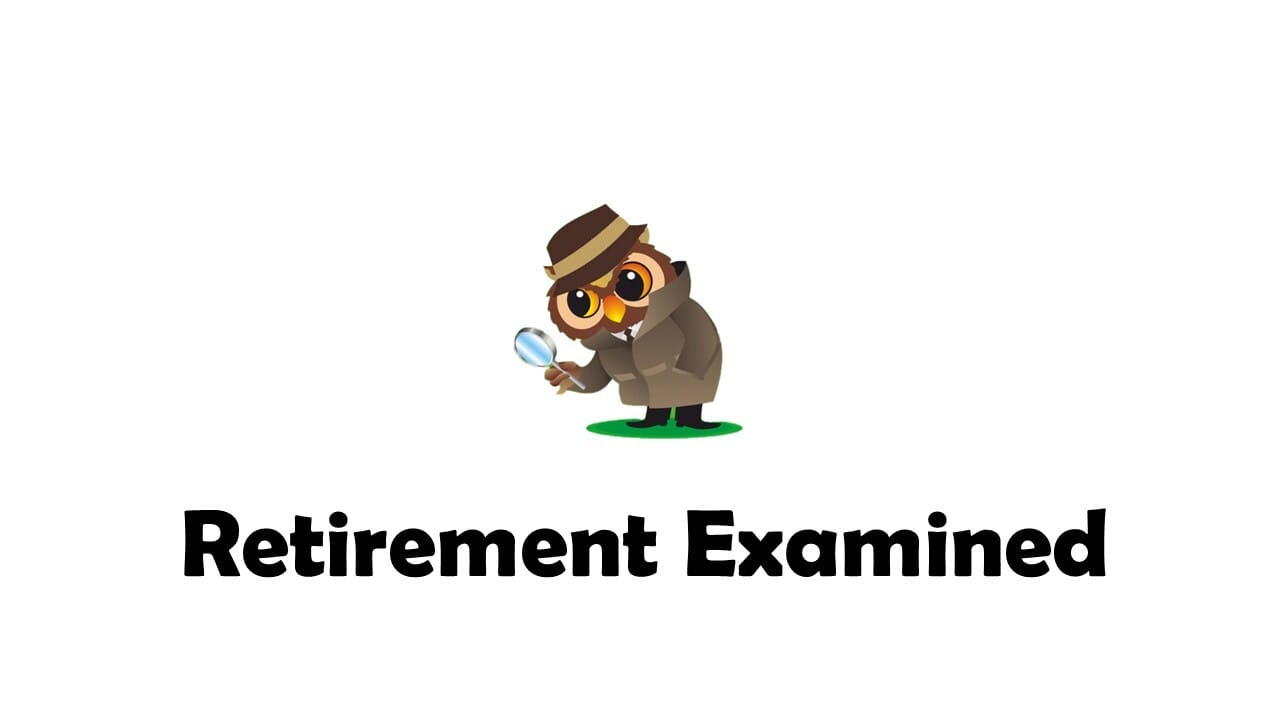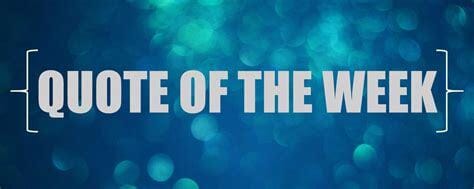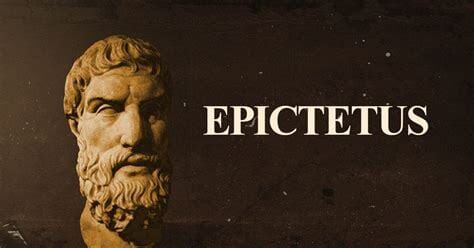- Retirement Examined
- Posts
- Retirement Examined
Retirement Examined
5-Minutes of Breakthrough Secrets: Happy, Fulfilling Retirement

The weekly email that keeps you up to date on exciting Retirement topics in an enjoyable, entertaining way for free.
The Economic Forces Behind Mortgage Rate Fluctuations: A Deeper Look
by Eric Seyboldt, MBA

Mortgage rates are not the result of mere speculation or arbitrary shifts in lender policies. They are shaped by a dynamic interplay of economic forces, central bank strategies, investor sentiment, and global financial currents. The average homebuyer sees percentages shifting daily, but behind these movements are profound economic realities dictating the cost of borrowing.
Understanding these mechanics is essential—not just for prospective homeowners but for anyone seeking to grasp the broader economic climate. Mortgage rates serve as a barometer of inflation, monetary policy, capital flows, and market risk. Those who comprehend these influences position themselves to make strategic, financially sound decisions.
The Key Drivers of Mortgage Rate Movements
Mortgage rates don’t materialize out of thin air. They are determined by a complex financial ecosystem, where inflation expectations, Federal Reserve policies, investor behavior, and international events all come into play. Recognizing these elements is crucial for understanding the trajectory of home financing costs.
Inflation: The Erosion of Borrowing Power
Inflation dictates the real cost of borrowing. When prices rise and the purchasing power of money declines, lenders demand higher interest rates to ensure they receive an adequate return on their loans. Mortgage-backed securities (MBS) investors also adjust their expectations, driving rates upward to compensate for diminished future value.
A stark example unfolded in the early 2020s when supply chain constraints, labor shortages, and monetary stimulus triggered the highest inflation rates in decades. As inflation spiked, so did mortgage rates, reflecting an urgent need for lenders to protect their capital.
The Federal Reserve’s Policy Levers
While the Federal Reserve does not directly set mortgage rates, its influence over short-term interest rates and monetary supply has a ripple effect on long-term borrowing costs. The Federal Open Market Committee (FOMC) determines policy direction, often raising rates to combat inflation or lowering them to stimulate economic growth.
When the Fed tightens monetary policy by raising rates, borrowing becomes more expensive, pushing mortgage rates higher. Conversely, when it lowers rates or engages in quantitative easing, liquidity increases, driving borrowing costs downward. Anticipation of these shifts often leads to preemptive mortgage rate changes well before official policy adjustments occur.
Market Forces and Investor Behavior
Mortgage lenders do not hold all home loans indefinitely. Instead, these loans are bundled into MBS and sold to institutional investors. The demand for these securities, in turn, dictates mortgage rates. A prime indicator is the 10-year U.S. Treasury bond yield—when it rises, mortgage rates typically follow.
Investors seek returns that outpace inflation and global uncertainty. If MBS are seen as risky due to economic instability, investors demand higher yields, forcing lenders to raise rates to attract buyers. Conversely, when demand for MBS surges, mortgage rates decline.
Global Economic Events: A Domino Effect
Mortgage rates are also subject to the consequences of geopolitical events, financial crises, and economic downturns. For instance, in times of uncertainty, investors shift capital into safe-haven assets like U.S. Treasury bonds. This demand lowers Treasury yields and, by extension, mortgage rates.
The COVID-19 pandemic provides a perfect illustration. Investors flocked to secure assets, pushing bond yields down and mortgage rates to historic lows. In contrast, global conflicts, trade disputes, and economic disruptions have the opposite effect, introducing volatility and driving rates upward.
How Mortgage Rate Movements Shape the Economy
Fluctuations in mortgage rates have far-reaching consequences. When borrowing costs rise, home affordability declines, leading to reduced home sales and a cooling real estate market. This slowdown ripples through industries reliant on housing, such as construction, home improvement, and real estate services.
Conversely, falling rates stimulate demand. Lower monthly payments make homeownership more accessible, increasing home sales and often boosting property values. Refinancing activity also accelerates, injecting additional consumer spending power into the economy.
Mortgage rates thus serve as a crucial economic indicator. Their movements signal shifts in inflation, liquidity conditions, and investor confidence, offering insight into broader financial stability and economic direction.
While no one can predict mortgage rate fluctuations with certainty, understanding the economic forces at play allows borrowers to make informed decisions. Consider the following strategies:
Monitor Market Trends: Keep track of inflation reports, Federal Reserve announcements, and Treasury yield movements to anticipate potential rate changes.
Lock in Favorable Rates: If interest rates align with your financial goals, securing a fixed-rate mortgage can provide long-term stability.
Optimize Financial Health: A strong credit score and a higher down payment can help secure lower rates, even in a rising-rate environment.
Mortgage rates are more than a financing tool; they are a reflection of broader economic realities. By decoding the underlying factors that drive their movement, individuals can better navigate the housing market and make sound financial choices.
Reach out to us for a complimentary, 10-minute consultation call. Let's explore strategies to protect your wealth and make your retirement everything you've dreamed of—secure, fulfilling, and worry-free. Schedule a free 10-minute consultation today by calling 614-943-2265. Your future deserves the best plan, and we're here to help make it happen.
Zillow's Co-Founder Wishes They Did This Before The IPO
Spencer Rascoff co-founded Zillow, scaling it into a $16b real estate giant.
But everyday investors couldn’t invest until after the IPO, missing early gains.
"I wish we had done a round accessible to retail investors prior to Zillow's IPO," Spencer said.
Now he’s doing just that. Spencer has teamed up with another Zillow exec to launch Pacaso. Pacaso’s co-ownership marketplace is disrupting the $1.3t vacation home market. And unlike Zillow, you can invest in Pacaso as a private company.
With $100m+ in gross profits and rapid international expansion, Pacaso is scaling fast. Investors like SoftBank, Maveron, and more are already on board. Join them as a Pacaso shareholder.
Paid advertisement for Pacaso’s Regulation A offering. Read the offering circular at invest.pacaso.com. There’s no guarantee that Pacaso will file for an IPO.

SHOULD A PRE-RETIREE REALLY BUY LIFE INSURANCE?
by Eric Seyboldt, MBA
Client: "Eric, my retirement is just a few years away. Should I be thinking about life insurance, or is it too late to make a meaningful decision?"
Eric: Too late? Not at all. But the real question is—do you need it? And if so, which kind? Life insurance at this stage isn’t about guesswork or fear-driven purchases. It’s about economic reality. The wrong decision could drain your wealth unnecessarily. The right decision could protect everything you’ve worked for. Let’s break it down.
WHO ACTUALLY NEEDS LIFE INSURANCE BEFORE RETIREMENT?
One of the biggest financial mistakes people make is assuming life insurance is just for young parents paying off a mortgage. Not true.
For pre-retirees, life insurance is a risk management tool—and in some cases, an estate planning weapon. The key is understanding whether your financial situation justifies it.
You NEED life insurance if:
✔️ Your spouse relies on your income. If you pass away, will your spouse still be able to cover the bills? Social Security survivor benefits don’t replace 100% of lost income, and private pensions rarely offer full payouts to surviving spouses. If a shortfall exists, life insurance isn’t optional—it’s a safeguard.
✔️ You still have major debts. A mortgage, business loans, or outstanding credit balances can become a financial nightmare for your family. Life insurance ensures they aren’t forced to sell assets at a loss or scramble to cover payments.
✔️ You’re concerned about healthcare and long-term care costs. The average private nursing home costs over $108,000 per year—a staggering sum that can drain retirement savings quickly. Certain life insurance policies can help cover these costs if structured properly.
✔️ You have estate tax concerns. If your net worth is approaching the federal estate tax threshold ($13.61 million in 2024), an Irrevocable Life Insurance Trust (ILIT) can help protect your heirs from a massive tax hit.
✔️ You own a business. If you have business partners, life insurance can fund a buy-sell agreement, ensuring a smooth transition of ownership instead of forcing heirs to sell at a loss—or worse, shut it down.
You DON’T need life insurance if:
❌ You have no dependents, outstanding debts, or estate planning concerns. In that case, paying premiums may be a waste of money—funds that could be better invested elsewhere.
WHICH TYPE OF LIFE INSURANCE MAKES SENSE?
Not all policies are created equal. Choose the wrong one, and you could end up throwing money into a bottomless pit.
1. TERM LIFE INSURANCE – Best for short-term protection
If you only need coverage for 10 to 20 years—for example, to cover a remaining mortgage or provide income replacement until Social Security and pensions kick in—term life insurance is the most cost-effective option.
🔹 Example: A 60-year-old with 10 years left on their mortgage might buy a 10-year term policy to ensure their spouse isn’t left struggling with payments.
2. PERMANENT LIFE INSURANCE – Best for estate planning or wealth preservation
Unlike term policies, permanent life insurance never expires—as long as premiums are paid. It can also accumulate cash value, making it useful for estate planning, tax strategies, or long-term care funding.
Whole Life Insurance: Offers fixed premiums and guaranteed payouts—best for estate tax planning.
Universal Life Insurance: Provides flexibility in payments and death benefits, useful for high-net-worth individuals needing strategic financial tools.
Variable Life Insurance: Tied to market performance—riskier, but can grow cash value if managed well.
🔹 Example: A high-net-worth retiree facing a multi-million-dollar estate tax bill might use a whole life policy within an ILIT to provide liquidity at death, ensuring heirs don’t have to sell assets at a discount.
ECONOMIC FACTORS THAT AFFECT YOUR DECISION
Life insurance isn’t just a personal decision—it’s an economic one. And right now, the macroeconomic environment should influence how you approach it.
📉 Inflation & Purchasing Power: With inflation eroding the value of fixed retirement income, a well-structured life insurance policy can serve as an alternative financial buffer.
📈 Longevity Risk: People are living longer. That’s great—until you outlive your savings. Permanent life insurance can act as a financial backstop.
💹 Interest Rate Fluctuations: Low interest rates hurt traditional fixed-income investments. Some permanent life insurance policies guarantee minimum returns, making them a strategic diversification tool.
FINAL VERDICT: DO YOU NEED LIFE INSURANCE?
This decision should never be based on age alone. Instead, run the numbers. If your death would leave a financial hole that can’t be easily filled, get coverage. If not, redirect that money toward investments or long-term care planning.
THE TAKEAWAY
Life insurance isn’t just about funeral costs—it’s about financial stability. The worst mistake pre-retirees make is waiting too long to consider it.
By the time most people realize they need life insurance, it’s already too expensive—or worse, unavailable due to health conditions.
So ask yourself: If you were gone tomorrow, would your financial house collapse? Or would it stand strong? Would your spouse have enough to continue his or her standard of living? Or would she be financially strapped?
That answer determines whether life insurance is a lifeline—or a luxury you can afford to skip.
Contact us for a free, brief 10-minute consultation. Let's explore strategies to protect your wealth and make your retirement everything you've dreamed of—secure, fulfilling, and worry-free. Schedule a free 10-minute consultation today by calling 614-943-2265. Your future deserves the best plan, and we're here to help make it happen.

Fixed annuities can be an essential component of a well-rounded retirement strategy, offering security, predictability, and efficiency in financial planning.
These are current fixed annuity rates and their durations from Top A-rated carriers (subject to change at any time, not FDIC insured):
Rates Just Popped Up! Don’t Wait To Lock These Fixed Annuity Rates In Today!
3-year: 5.10% (under $100k Deposited)
3-year: 5.25% (over $100k Deposited)
5-year: 5.25% (under $100k Deposited)
5-year: 5.45% (over $100k Deposited)
Please feel free to call Eric at 614-943-2265 if you’d like to ask any questions or request information on these fixed annuities or other retirement topics that are on your mind.

“There is only one way to happiness, and that is to cease worrying about things which are beyond the power of our will.”

REAL ASSETS, Invest Like the Ultra-Wealthy

Have You Considered Adding ‘Real Assets’ like Gold or Bourbon to Your Investment Portfolio?
In an era of economic uncertainty, the shrewdest investors are turning to physical assets as a safeguard for their retirement savings. With inflation looming and central banks printing money at record rates, tangible investments like gold—and even bourbon barrels—are emerging as attractive hedges against financial volatility. These hard assets don’t just weather economic storms; they also enhance portfolio diversification, even in calmer times.
History has shown that physical assets often outperform traditional investments during periods of market turbulence. Their resilience provides a reliable buffer against financial instability, making them a compelling addition to any long-term strategy.
Given today’s economic headwinds, integrating real assets into your portfolio could be a strategic move to reinforce your financial security. Could these investments be the missing piece in your wealth-building plan?
Allocating funds into the asset class known as “Real Assets” may be a strategy that you should consider.
Ask us how to Rollover a portion of Your IRA or 401k To A BOURBON IRA (www.bourbon.fund/how-it-works/) or a GOLD IRA (see link below) and:
Safeguard your assets from the collapsing dollar
Incorporate the ‘REAL ASSET’ class into your portfolio like the ultra-wealthy
Hedge against the current high-inflation conditions
Protect your retirement assets against economic crises
Just get in touch. We make it easier than ever.
CONNECT WITH US

Eric Seyboldt, MBA
Feedback or Questions?
You’re invited to get in touch with us if you’d like to find out how the Novus Financial Group can help you on your journey to a happy, fulfilling life in Retirement.
Office: 614-943-2265
Feel Free To Forward Retirement Examined To A Friend and Have Them Subscribe By Clicking The Button Below:
Reach out if you’d like to advertise your business on Retirement Examined or would like to be a sponsor.
Investment advisory services are offered by duly registered individuals on behalf of CreativeOne Wealth, LLC a Registered Investment Adviser.
The content we provide here isn’t financial advice and cannot be taken as such. Please speak to your financial advisor before making any investment decision. Also, note that every investment comes with its risks and drawbacks. Lastly, we would like to remind you that past results cannot guarantee future returns.
This website contains one affiliate link. When you click on the link and make a purchase, we may receive a commission at no additional cost to you. We only promote companies that we have personally used or researched and believe will add value to our readers


